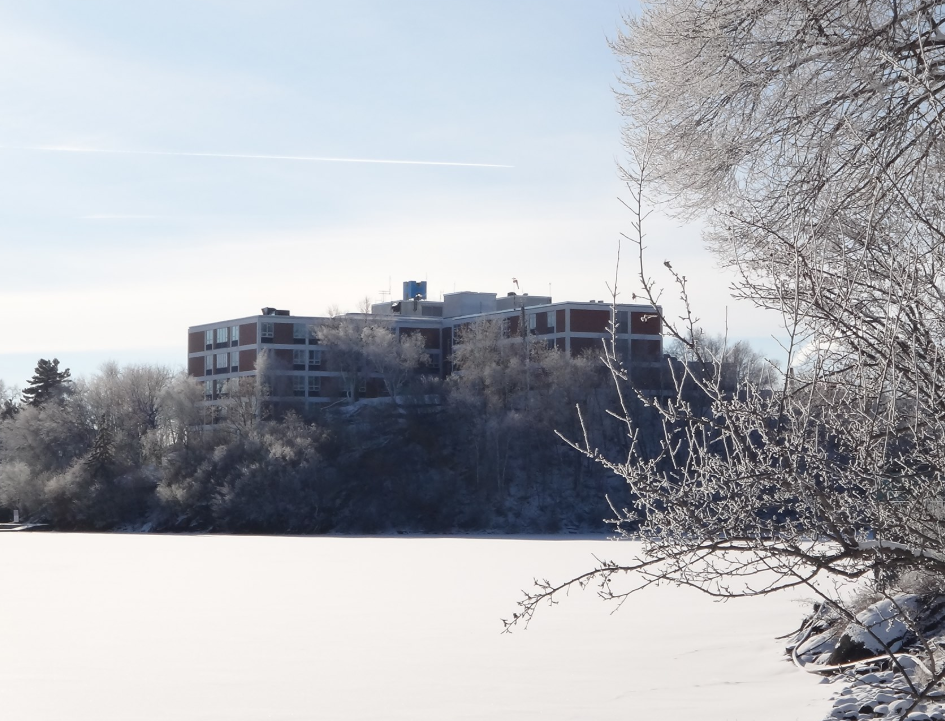KENORA, Ont. - The Lake of the Woods District Hospital is undertaking an in-depth investigation to determine how a COVID-19 outbreak began and continuing with testing of patients and staff to ensure it has not spread.
On March 6, the Lake of the Woods District Hospital declared an outbreak of COVID-19 after two patients tested positive for the virus while admitted. The number of patients infected has since grown to nine patients. There is a 10th patient with COVID-19, but was admitted after having contracted the virus outside of the hospital.
“This is the first time that somebody got exposed to COVID when they were in our care,” said Lake of the Woods District Hospital president and CEO, Ray Racette.
“We are on an investigation path to determine how COVID got into our building and how it spread to those patients. Because we don’t have answers yet and because we were declared to be in an outbreak situation, unfortunately we had to further restrict visiting because we are trying to prevent people form being exposed by coming into our building.”
According to Racette, there has not been evidence of the virus spreading to other patients or staff at this time, but contact tracing is underway to identify any additional individuals who may have been exposed.
“We also know that our staff, we have a very large patient care team, a lot of people go into patient rooms,” he said. “We are looking over that two week period of who was in those patient rooms and in contact with these patients.
“We also know those staff work with other people too and other patients. We are probably looking at 200 staff over two weeks who need to be tested and interviewed.”
The hospital will also work to determine if staff were following all proper personal protective equipment requirements.
“We want to figure out how this infection was shared to these patients,” Racette said.
Testing will be done on site at the hospital and Racette said he expects 300 people to be tested. Results are usually returned within two to three days for tests sent to a lab in Winnipeg for analysis. Visitors who came to the hospital could also be tested if given approval.
“They are being contact traced by public health and we are also going to want to, with approval of the individual, we probably want to test those visitors as well, because it could have been a visitor who brought it in,” Racette said.
“What this investigation is intended to do, by testing we will find out who else has been exposed and who has it. We will know from interviews with staff, we will look at if anything was unusual, what is the patient journey, what is the staff journey.”
Due to the outbreak, elective procedures have been cancelled this week in order to reduce the number of people entering the hospital. Racette said a decision will be made later this week on the state of procedures to take place next week.
Racette added it is important the hospital take the time to fully investigate the cause of the outbreak. Visitors to the hospital are screened but not tested and staff are only tested if showing symptoms of COVID-19.
“That’s why it’s really important when this happens that we put a pause on some things to do the investigation that is needed so we can answer that question, how did a patient get infected under our care,” Racette said. “That is why we need to spend a lot of time on the investigation.”
As a result of the outbreak, the hospital will also be revising some procedures for visitors, including being required to wear medical grade masks instead of cloth ones.
There are also concerns if the outbreak spreads, it could mean staff being forced to self-isolate, but Racette said there is the option of redeploying other staff to other areas of the hospital.
“We were very thinly staffed,” he said. “Those are areas that we get very nervous about. If we wind down some services, we can redeploy staff to areas to help out. We can move people around to give additional support to areas that might be short.”